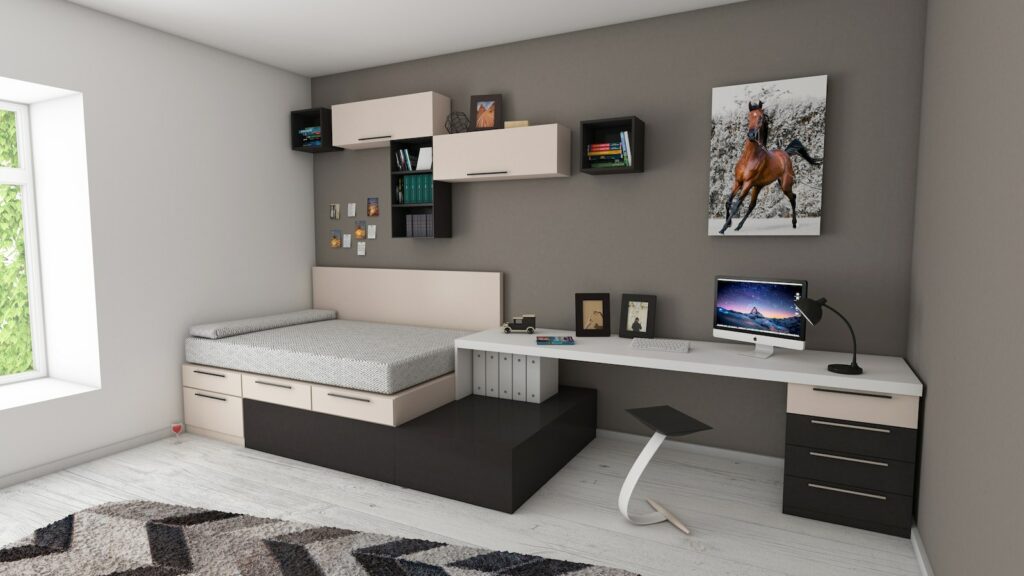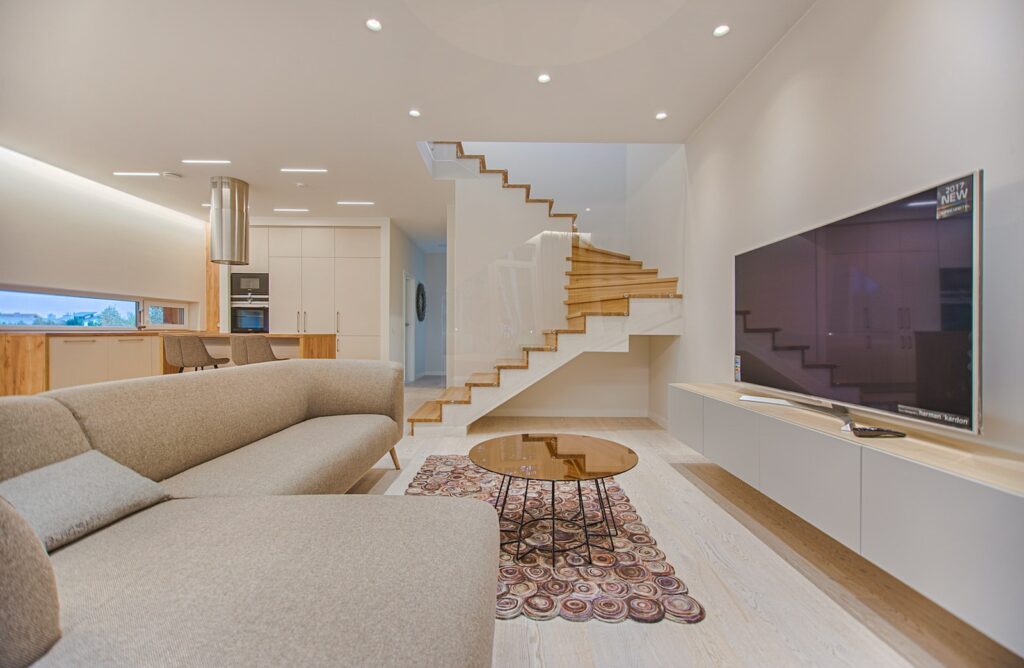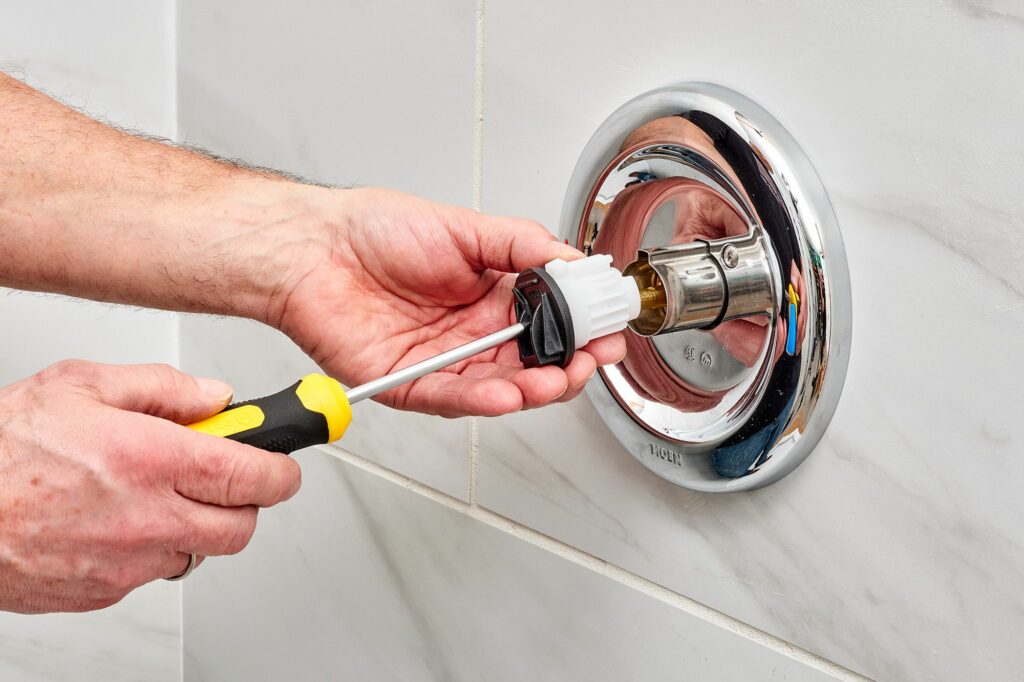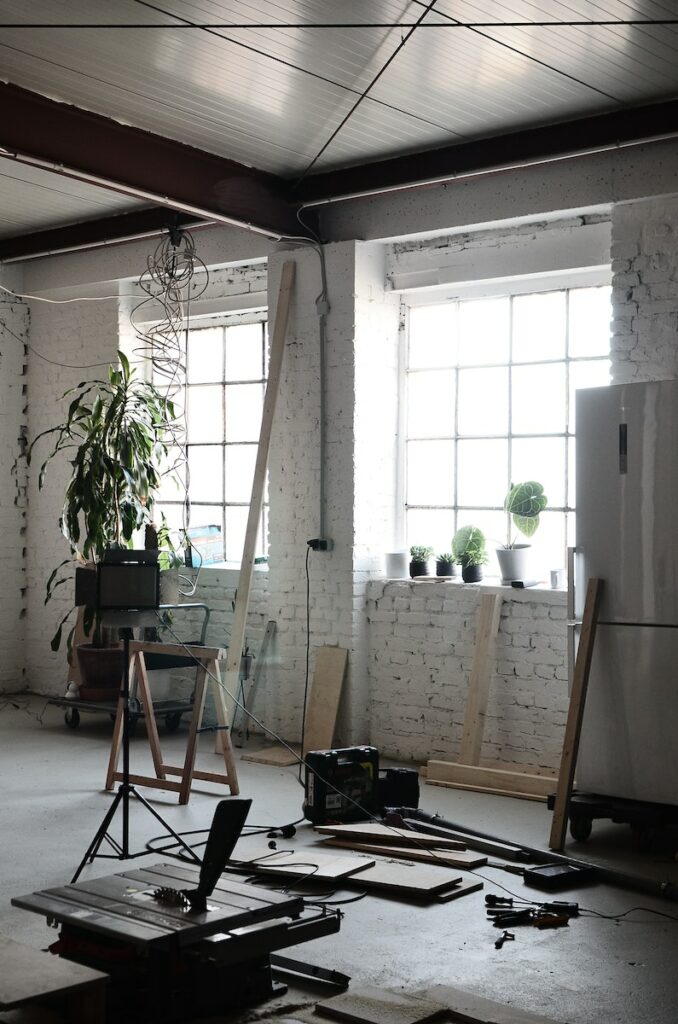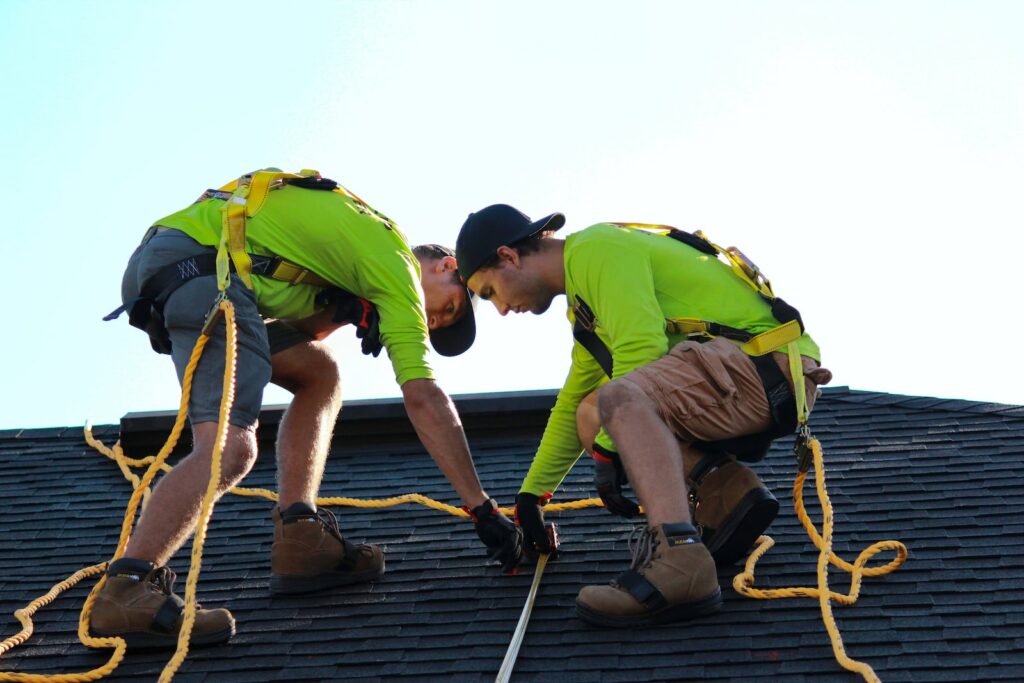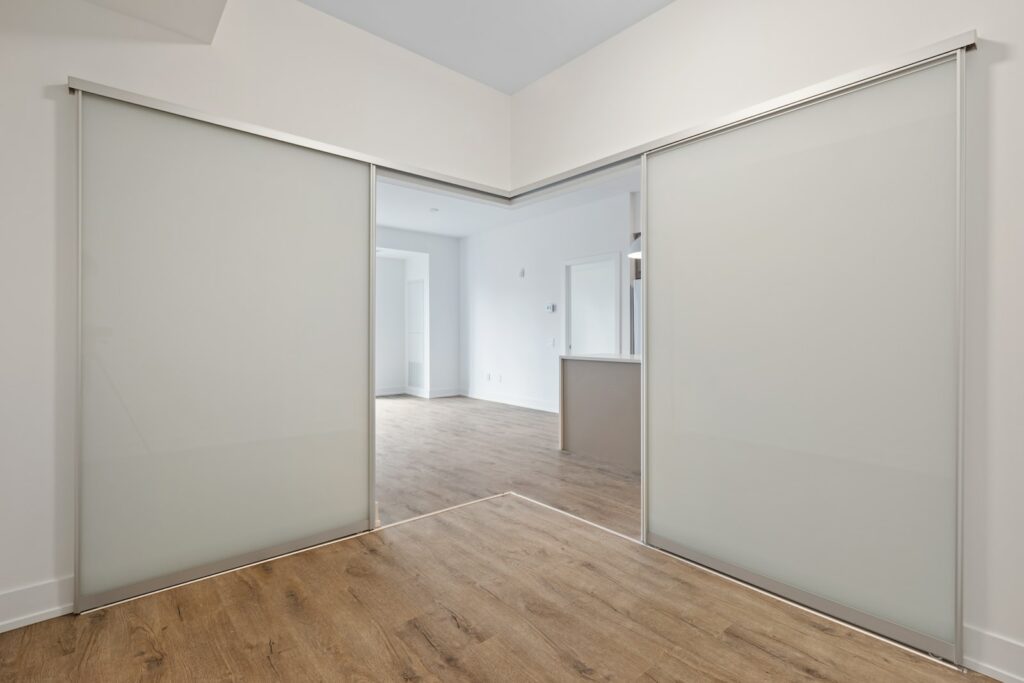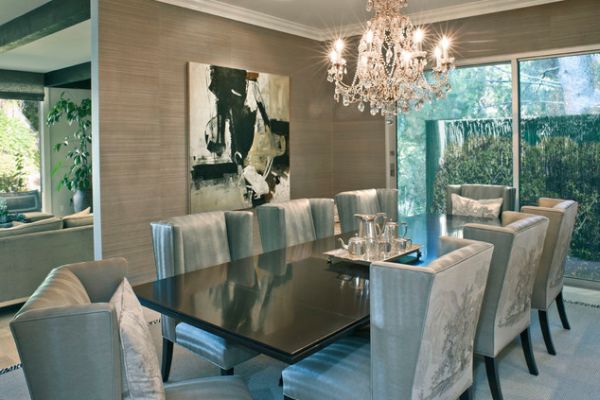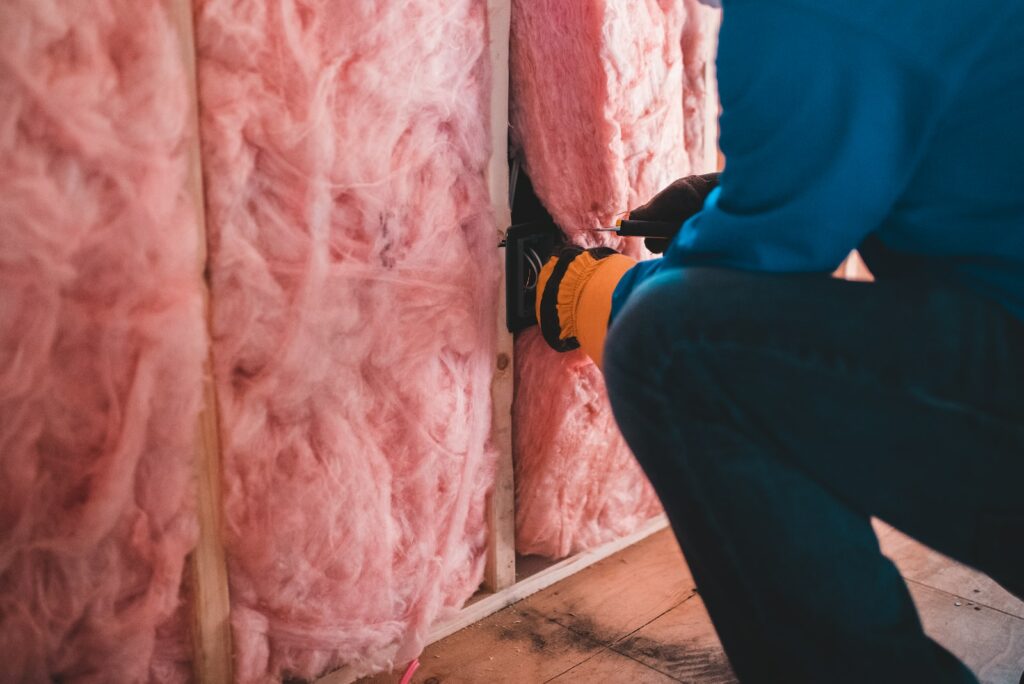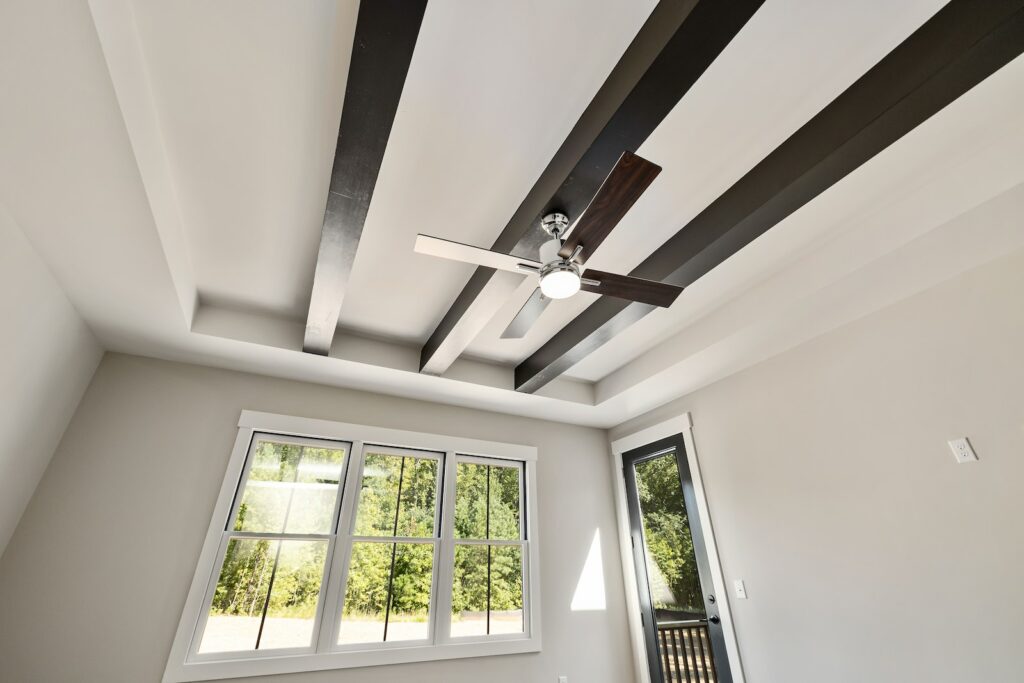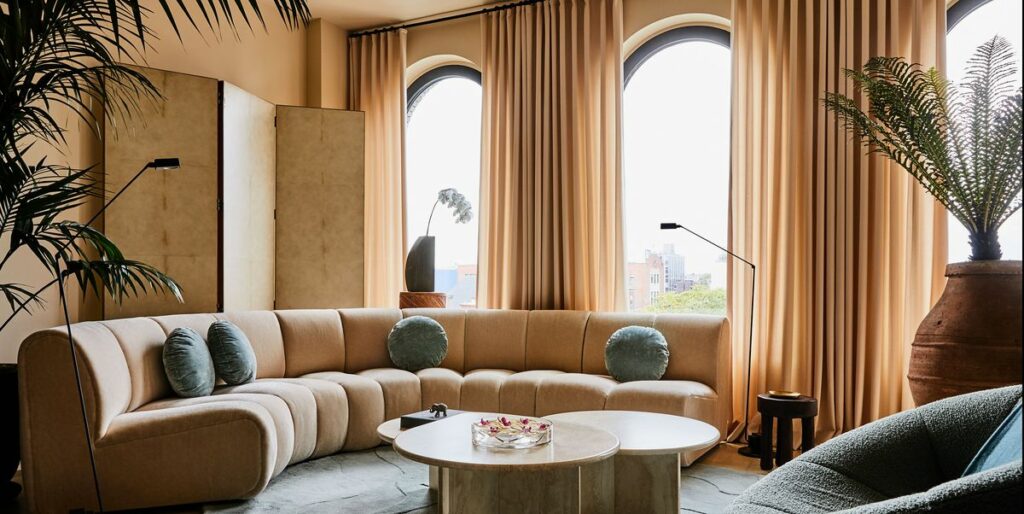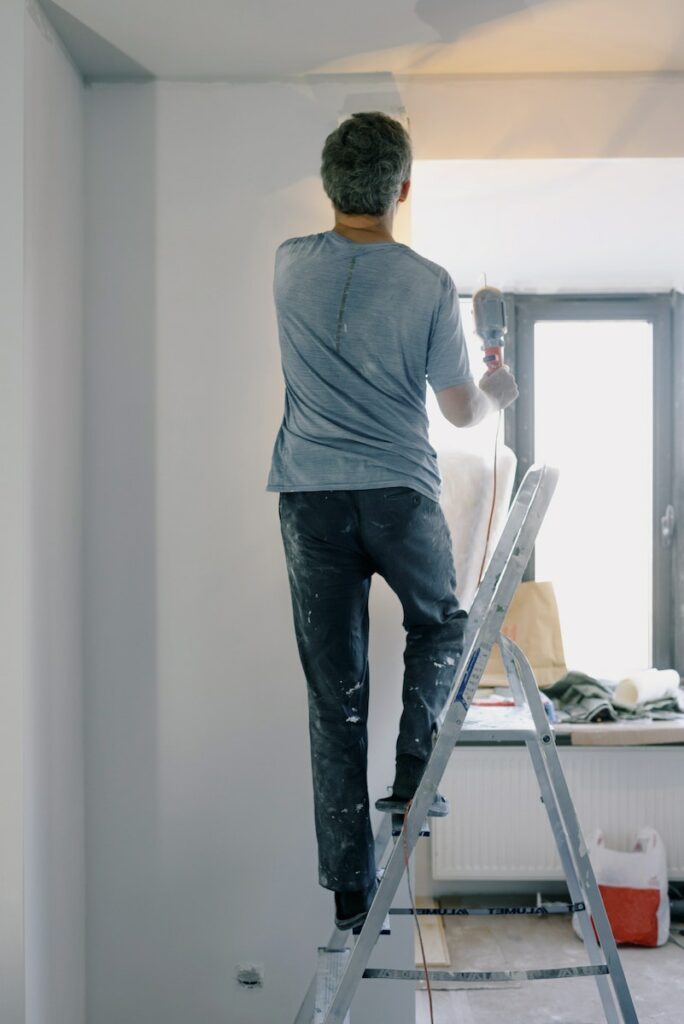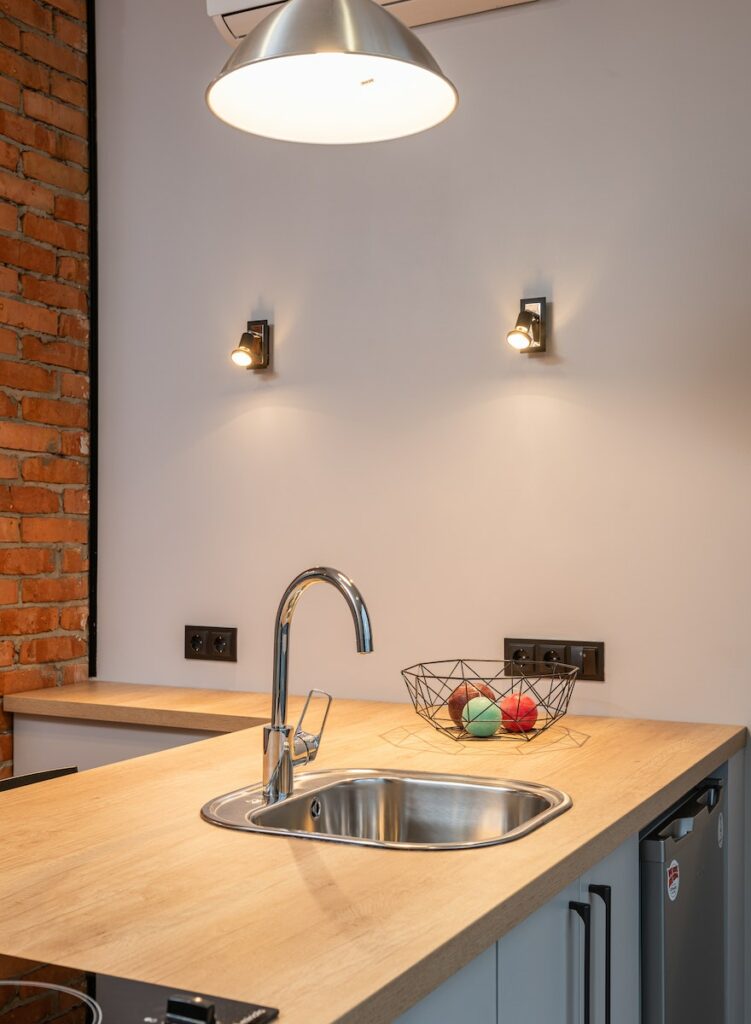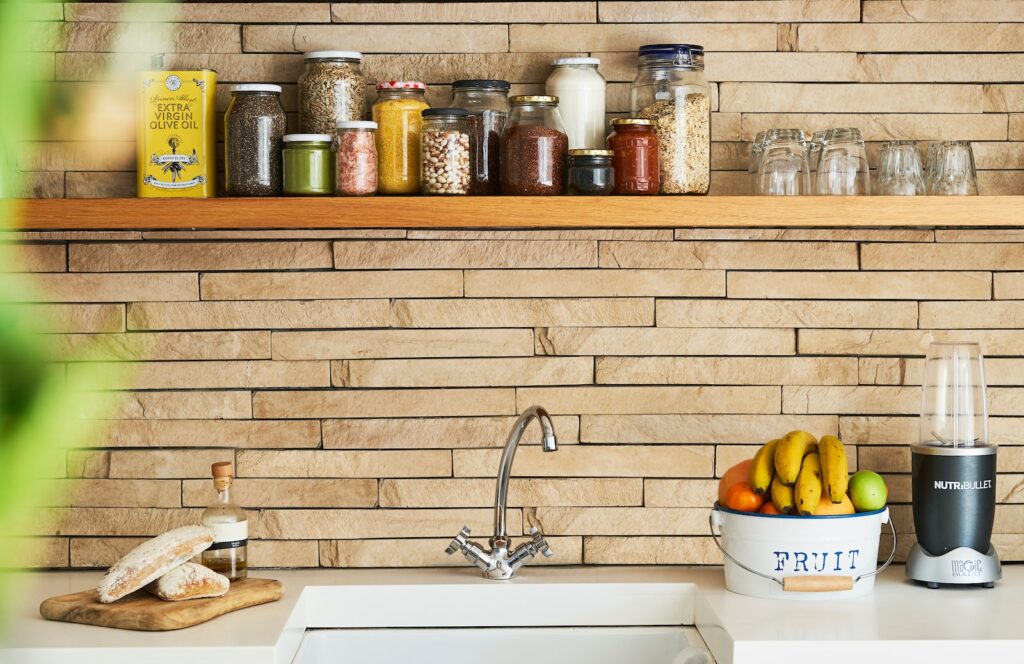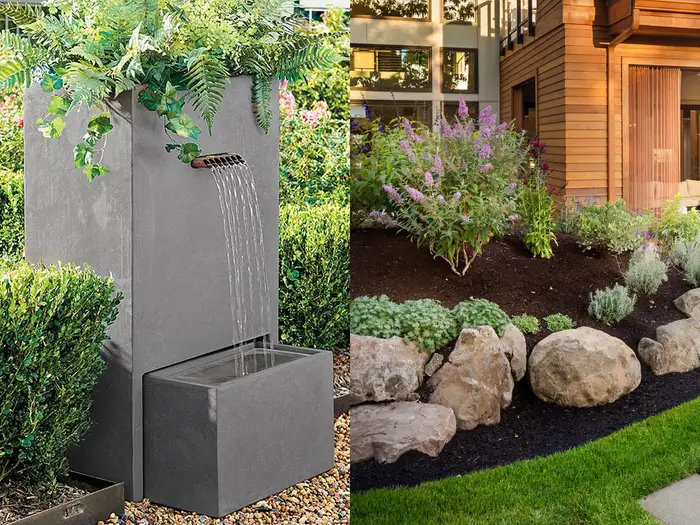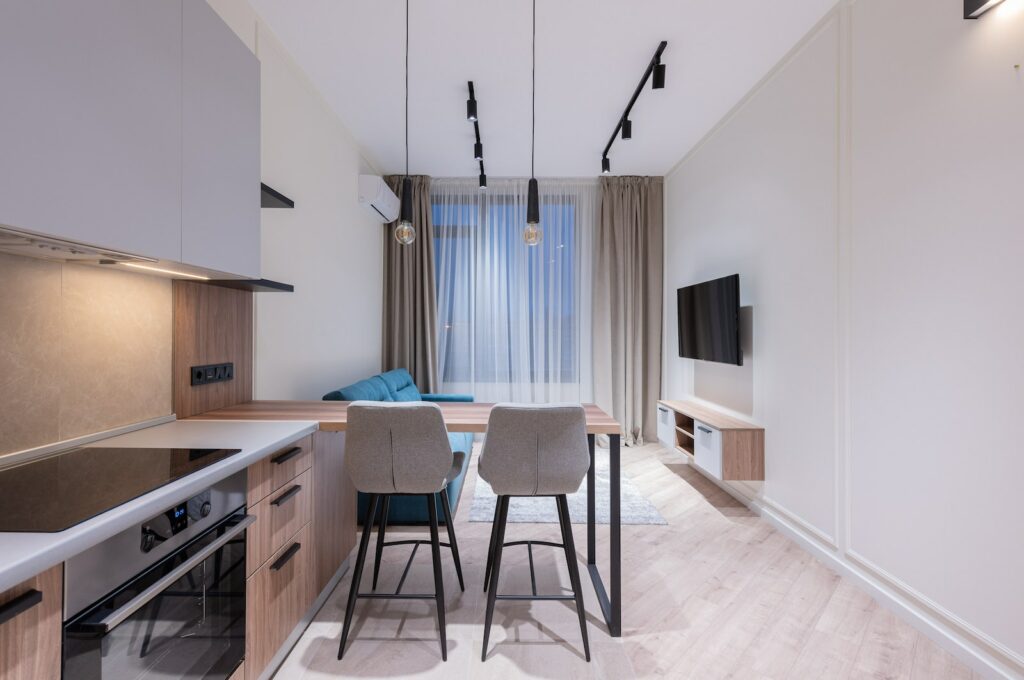DIY Home Automation: How to Make Your Home Smarter
Home automation is one of the hottest topics in the tech world today, and for good reason. The ability to control your home from a distance – or even from the comfort of your living room – is both practical and exciting. But for many of us, the idea of installing and setting up a home automation system seems intimidating and expensive. Luckily, with the right tools and know-how, it doesn’t have to be that way. In this guide, I’ll walk you through the process of setting up your own DIY home automation system with simple, affordable devices. I’ll also explain why making your home smarter is worth the effort.
Why DIY Home Automation?
Home automation is all about making your life easier. Imagine being able to turn on the lights and adjust the thermostat before you walk in the door, or having your coffee maker start the brew cycle while you’re still in bed. With a smart home, you can do all of this (and more) with the push of a button.
Having a DIY home automation system also gives you peace of mind. You can check in on your house while you’re away, lock your doors remotely, and even receive alerts if someone tries to break in. You can also automate mundane tasks like watering your plants and controlling energy use.
Step One: Choose Your Automation Hub
The first step to creating your DIY home automation system is to choose an automation hub. An automation hub is essentially the central controller of your system, allowing you to connect and control all of your connected devices.
The most popular automation hubs on the market today are Apple HomeKit, Amazon Alexa, and Google Home. All three of these hubs are relatively affordable and are quite easy to set up. If you’re looking for a no-fuss experience, Apple HomeKit is the way to go; however, if you want more features and control, Amazon Alexa or Google Home might be a better choice.
Step Two: Choose Your Smart Devices
Once you’ve chosen an automation hub, you’ll need to select the specific devices you want to control. You’ll want to keep in mind the type of home automation you’re planning to do. For example, if you’re looking to control your lights and thermostat, you’ll want to purchase smart bulbs and a smart thermostat. If you want to monitor your home while you’re away, you’ll want to get a security camera or two.
When shopping for connected devices, make sure to check that they’re compatible with your automation hub. Not all devices work with all hubs, so you’ll want to be sure that your devices are compatible before making any purchases.
Step Three: Connect Devices to Hub
Once you’ve chosen an automation hub and bought the connected devices, it’s time to connect them. Most automation hubs offer an app that makes this process very straightforward. You’ll first open the app and follow the instructions for setting up your hub. Once that’s done, you’ll be prompted to add your devices.
Depending on the type of device you’re connecting, the process may vary. For Wi-Fi devices, you’ll just need to enter your Wi-Fi password and the device should be good to go. For Bluetooth devices, you’ll need to put the device into pairing mode and then follow the instructions in the app. For Zigbee or Z-wave devices, you may need to press a specific button on the device to initiate the connection.
Step Four: Set up Automations
Once all of your devices are connected, it’s time to set up automations. Most automation hubs offer a variety of automations that you can set up to make your life easier. For example, you can set up your lights to turn on at sunset, or your thermostat to adjust the temperature based on the outside temperature. You can also set up your security cameras to alert you if they detect motion.
The process for setting up automations will vary depending on your automation hub, but the app should provide you with all of the necessary instructions.
Step Five: Enjoy the Benefits
Once your DIY home automation system is set up, it’s time to enjoy the convenience and peace of mind it provides. With your system in place, you can control your home from anywhere, keep an eye on it while you’re away, and automate mundane tasks so you can focus on more important things. All of this from the comfort of your living room.
Time, Expenses, and Precautions
Setting up a DIY home automation system can take anywhere from a few hours to a few days, depending on the complexity of your setup. The cost will vary depending on the devices you choose, but most basic setups can be done for less than $200.
When installing your home automation system, be sure to take precautions to make sure your home is secure. Make sure that you change all of your device passwords to something long and complex, and that you enable two-factor authentication on all of your accounts. Additionally, keep an eye out for any suspicious activity and alert your local authorities if anything looks out of the ordinary.
Conclusion
Creating a DIY home automation system is both exciting and rewarding. Not only will you enjoy the added convenience and peace of mind that it provides, but you’ll also get to take a hands-on approach and learn a few new tech skills.
By following the steps outlined in this guide, you’ll be able to create a customized home automation system that suits your needs – without spending a fortune. So get started today, and experience the future of home automation.

